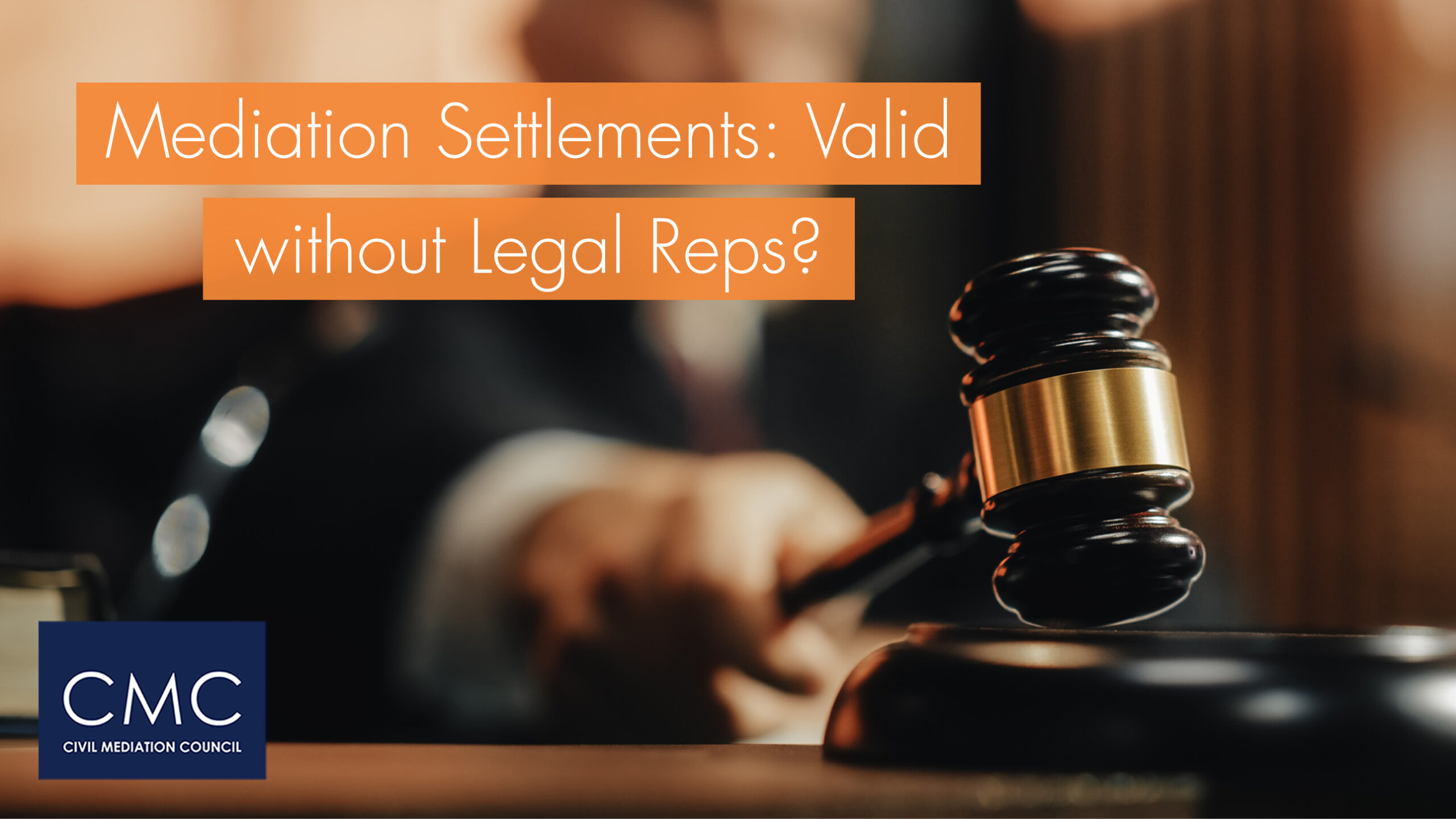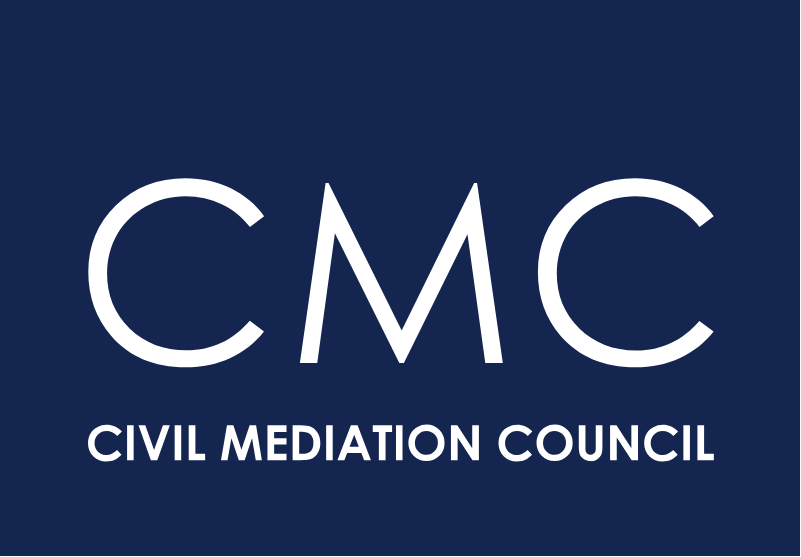Mediation Settlements: How Binding Are They?
Mediation Settlements: How Binding Are They?
BY CHARLIE WOODS
A recent court case in New South Wales, Australia, revolved around the validity of a settlement agreement, forged after an intensive day-long mediation. The parties had deliberately excluded their legal representatives from the mediation process, so could the agreement stand legally? Despite the absence of lawyers, the judge ruled the deed to be binding. The case shows the power of mediation in achieving resolutions, even without the presence of legal experts. It reminds us of the importance of thorough communication and decisive action during these proceedings, ultimately shaping the course of legal outcomes.

Metaphorically speaking mediators will often invite parties to a conflict to get into each other’s shoes to try to help broaden perspectives and deepen understanding of concerns, issues and needs to help generate options for resolving the dispute. Philosopher John Rawls used a thought experiment which in some respects builds on this idea but takes it a step further (no pun intended!).
Rawls’s starting point was what he called ‘the original position’ – this was essentially the question: how would we organise a fair society if we didn’t know what our individual circumstances would be? Working behind a ‘veil of ignorance’ as he termed it. Put another way you could be in anyone’s shoes you just don’t know whose! Interestingly ‘Whose Shoes’ is a facilitation tool developed to support transformational change in health and social care.
In his recent book, ‘Free and Equal – What would a fair society look like?’, philosopher and economist Daniel Chandler builds on Rawls’s work to explore this question and the relationship between freedom and equality often thought to be in tension in traditional right v left debates.



